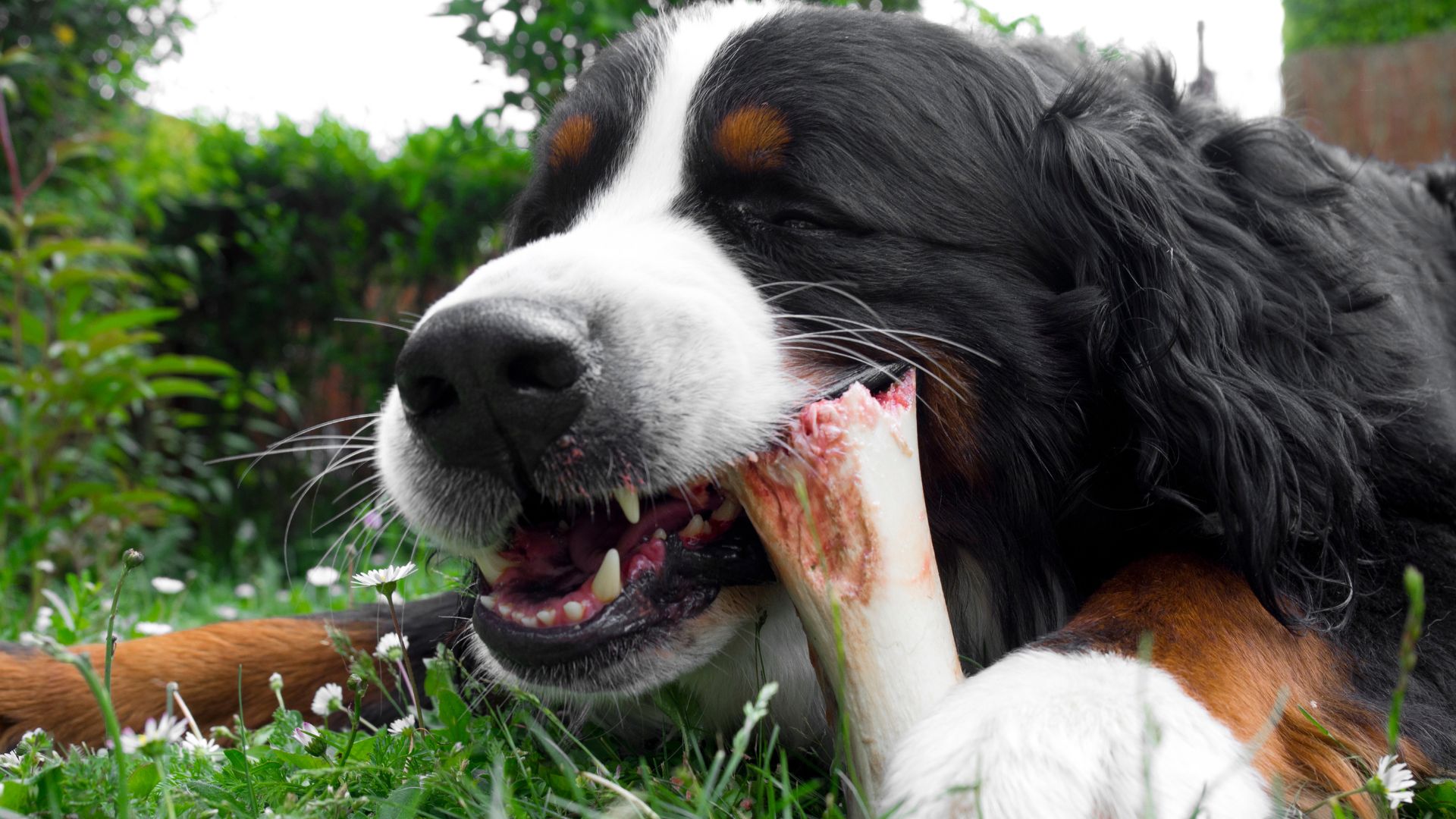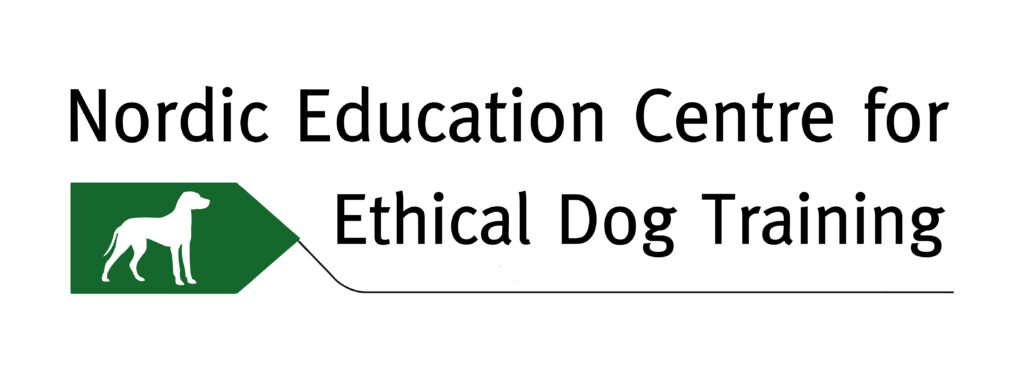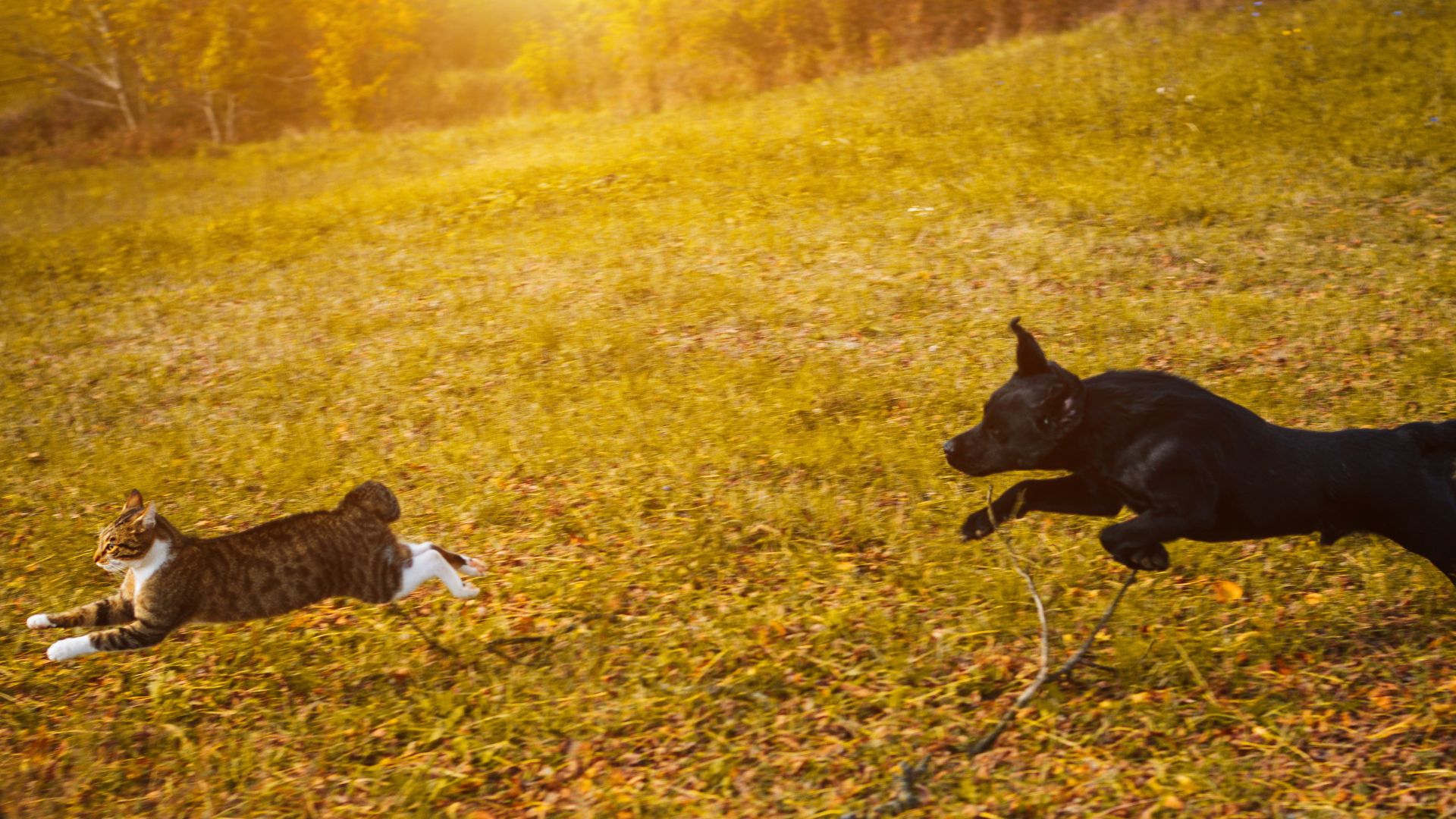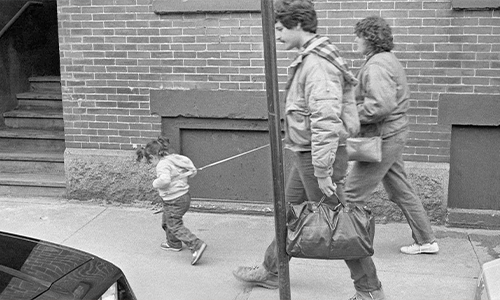Why do dogs chase cats?
In 2019, Universal Pictures released a fantasy film named Cats based on the famous stage musical with the same name. The film received largely negative reviews and made a loss at the box office. In an awards ceremony, famous comedian Ricky Gervais made a joke, calling the film to be the worst thing to happen to cats since dogs. The entire audience burst into laughter.
But that got me thinking? Why are cats and dogs often shown as enemies? Do dogs really carry hatred towards cats and want to kill them? I needed to find out the answer.
Why do dogs chase cats?
The truth is that a dog chasing a cat is a completely natural behaviour. The behaviour isn’t specific towards cats. Dogs will also chase other animals such as rabbits, rodents, squirrels, and even birds.
Dogs are scavengers and have a very strong hunting heritage. Their body is built to notice movement. In several cases, a dog will walk past a cat who is sitting still. However, if the cat starts moving, you will notice the dog go after the cat. Any movement is quickly caught by their eyes.
A dog wanting to chase and kill the prey is normal. The hunting instinct is more prevalent in some breeds than in others, depending on artificial selection. But all dogs have teeth which can dissect the prey and break bones. All dogs have a digestive system designed to eat meat.
But we should remember that the hunting instinct cannot be equated with aggression. If your dog chases cats, it does make him an aggressive dog. The movement and body posture in the hunting sequence is completely different to that shown by a dog when feeling threatened.
What can you do to help?
If your dog chases quite a bit, it can get stressful for you as well. As guardians, we want to do activities which don’t activate their hunting instinct. For example, playing fetch should be avoided as the game helps the brain practice chasing behaviour.
Instead of the chase part of the hunting sequence, you can have activities which activate the other parts of the sequence. Tracking, chewing and dissecting are all activities which will help your dog. For example, giving your dog a raw bone to chew can be very satisfying.

When you are out on walks, try to have a slower walk with more sniffing. Knowing how to use the attention sound and to curve would help you and your dog from not chasing the neighbourhood cat or the joggers on the street.
Hunting behaviour can be seen as problematic. But before we judge our dogs, we should try to understand the reasons that cause it. On 3rd November, we have a special webinar by Turid Rugaas on the hunting behaviour in dogs. You can sign up for it here –
Walks are an important activity of a dog’s day. Calmer the walk, happier the dog. Level 1 of our International Dog trainer School will help you understand your dog better and give you the right scientific knowledge to have a happy, relaxed dog at home. https://www.nordicdogtrainer.com/level-1/



